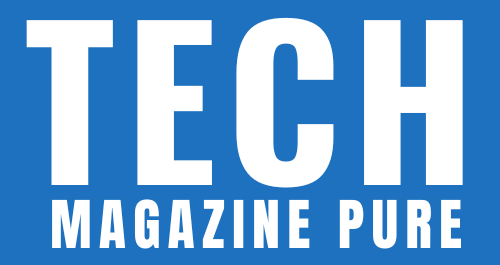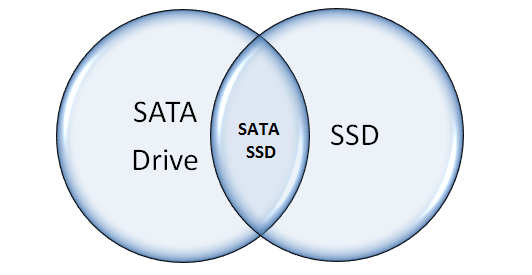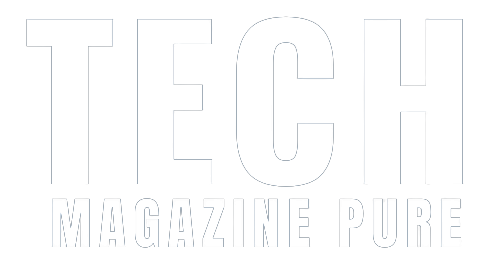When it comes to data storage technologies, two prominent players in the market are SATA drive vs SSDs (Solid State Drives). Both serve as essential components in modern computing, each offering distinct advantages and characteristics. In this comprehensive comparison, we delve into the differences between SATA drives and SSDs, helping you make an informed decision when selecting the ideal storage solution for your computing needs.
Understanding SATA Drives
SATA, short for Serial ATA, is a traditional data storage interface used in computers for connecting storage devices like hard disk drives (HDDs) and solid-state drives (SSDs). SATA drives have been a standard for many years, known for their reliable performance and cost-effectiveness. They use a serial communication protocol to transfer data, which allows for faster data transmission and improved cable management compared to older parallel interfaces.
Embracing the Advantages of SSDs
SSDs, on the other hand, represent the next-generation storage technology that has revolutionized the data storage landscape. Unlike traditional mechanical HDDs found in SATA drives, SSDs use non-volatile flash memory to store data. This design eliminates moving parts, resulting in faster read and write speeds, improved durability, and lower power consumption.
Performance Comparison
When comparing SATA drives and SSDs, performance is one of the most significant factors to consider. SSDs outshine SATA drives in this aspect due to their flash memory architecture. They offer dramatically faster data access times, allowing for quicker system boot times and application loading. In contrast, SATA drives, particularly HDDs, have mechanical components that introduce latency, causing slower read and write speeds.
Data Transfer Speeds
SSDs shine in terms of data transfer speeds as well. SATA III SSDs can achieve sequential read and write speeds of up to 550MB/s and 520MB/s, respectively. In comparison, SATA III HDDs typically have sequential read and write speeds of around 100MB/s to 200MB/s. The superior data transfer speeds of SSDs result in a more responsive computing experience, particularly when working with large files or resource-intensive applications.
Durability and Reliability
Another crucial aspect to consider is the durability and reliability of storage solutions. SSDs have a significant advantage in this department, as they lack moving parts. This makes them more resistant to shock, vibration, and physical damage, making them ideal for laptops and portable devices. SATA drives, particularly HDDs, are more susceptible to mechanical failures due to their spinning platters and moving read/write heads.
Power Efficiency
SSDs are known for their energy efficiency compared to SATA drives. Without the need to spin platters or move read/write heads, SSDs consume considerably less power during operation. This can lead to improved battery life in laptops and lower power consumption in desktops and servers, making SSDs a preferred choice for energy-conscious users.
Cost Considerations
One of the primary factors that may influence the choice between SATA drives and SSDs is cost. Historically, SSDs were more expensive than SATA drives in terms of cost per gigabyte. However, as technology advances and manufacturing processes improve, the cost of SSDs has decreased over time. While SSDs are still generally more expensive than SATA drives, the price difference has become more reasonable, making SSDs an attractive option for users seeking a performance boost.
In the SATA drive vs. SSD showdown, both technologies have their merits and cater to different computing needs. SATA drives, with their proven reliability and cost-effectiveness, continue to serve as a viable storage solution for various applications. However, SSDs have emerged as the clear winner in terms of performance, durability, power efficiency, and responsiveness.
For users seeking a storage solution that offers blazing-fast speeds, improved durability, and energy efficiency, SSDs are the way to go. The choice between SATA drive vs SSD ultimately depends on your specific computing requirements, budget, and desire for enhanced performance. Embrace the advantages of SSD technology and unlock the full potential of your computing experience with lightning-fast data access and unparalleled responsiveness.


